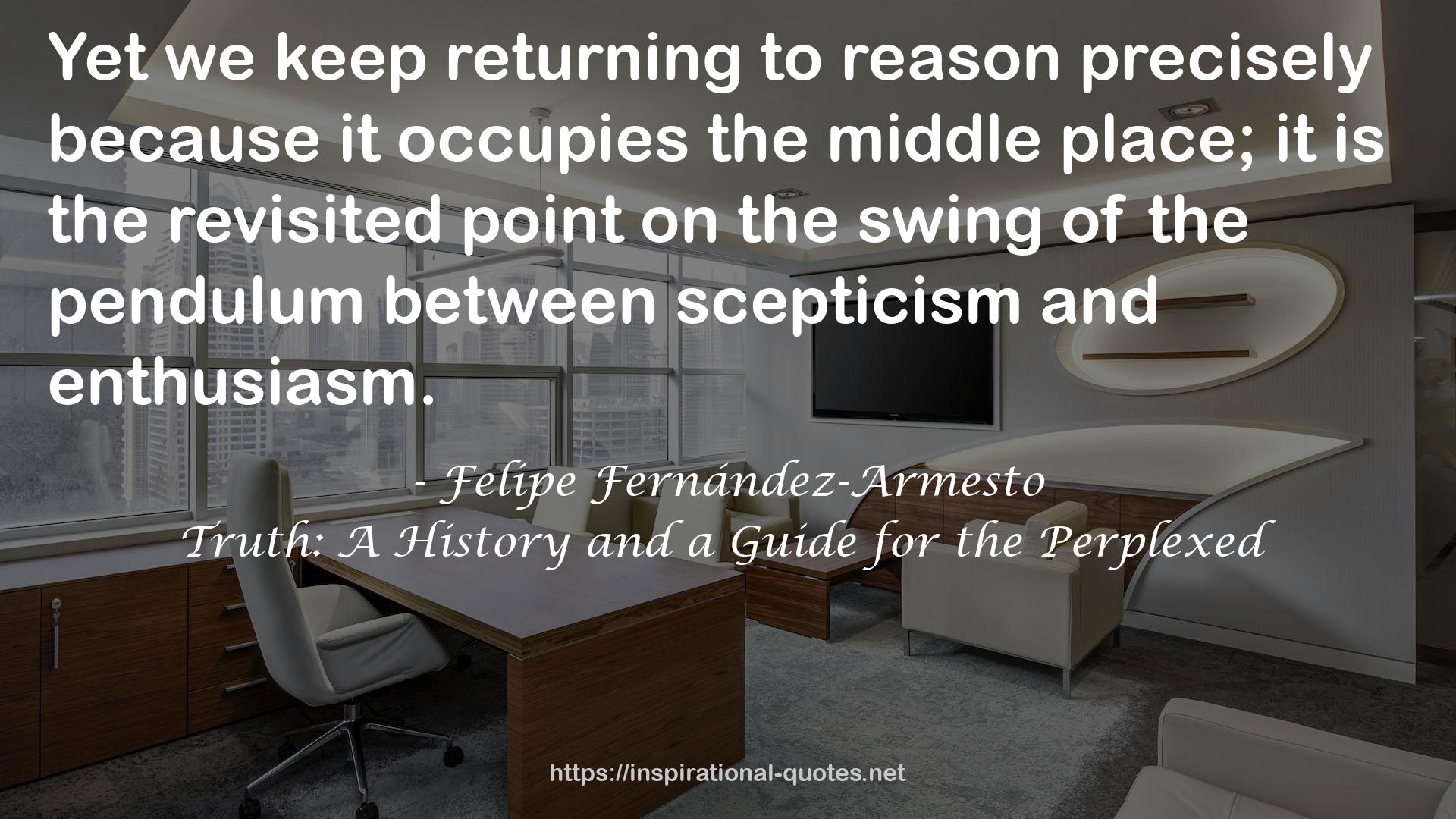8
" Human intellects make sense of things and, if anything, err on the side of coherence. Geniuses of my acquaintance, who almost seem clever enough to make sense of the world if they so wished, are more likely to accept it as a muddle than the common man who invests it with a transcendent character of its own or recognizes it as filled with divine purpose in which nothing is out of place. Pluralism and chaos are harder to grasp – harder, perhaps, to understand and certainly to accept – than monism and order. For a whole society to accept an agreed world-picture as senseless, random and intractable, people seem to need a lot of collective disillusionment, accumulated and transmitted over many generations (see here). Moral and cognitive ambiguities are luxuries we allow ourselves which most of our forebears eschewed. Whether from an historical angle of approach, along which reconstruction is attempted of the thought of the earliest sages we know about, or from an anthropological direction, lined with examples from primitive societies which survived long enough to be scrutinized, early world-pictures seem remarkably systematic, like the ‘dreamtime’ of Australian aboriginals, in which the inseparable tissue of all the universe was spun. The ambitions these images embody betray the inclusive and comprehensive minds which made them. In the nineteenth and early twentieth centuries ethnographers’ fieldwork seemed ever to be stumbling on confusedly atomized world-pictures, shared by people who reached for understanding with frenzied clutchings but no overall grasp. This was because anthropologists of the time had a progressive model of human development in mind: animism preceded polytheism, which preceded monotheism; magic preceded religion, which preceded science. Confusion came first and categories, schemes and systems came later. People of the forest saw trees before they inferred wood. Coherence, it was assumed, is constructed late in human history. It now seems that the opposite is true. Coherence-seeking is one of those innate characteristics that make human thought human. No people known to modern anthropology is without it. ‘One of the deepest human desires’, Isaiah Berlin has said, ‘is to find a unitary pattern in which the whole of experience is symmetrically ordered.’ Two kinds of coherence seem to come easily to primitive cosmogonists: they can be called, for convenience, binarism and monism. (For binarism, ‘dualism’ is a traditional name, but this word is now used with so many mutually incompatible meanings that it is less confusing to coin a new term.) Binarism envisages a cosmos regulated by the flow or balance between two conflicting or complementary principles. Monism imagines an indivisibly cohesive universe; the first a twofold, the second an unfolded cosmos. Equilibrium and cohesion are the characteristics of the world in what we take to be its oldest descriptions: equilibrium is the nature of a binarist description, cohesion of a monist one. Truth, for societies which rely on these characterizations for their understanding of the world, is what contributes to equilibrium or participates in cohesion. They "
― Felipe Fernández-Armesto , Truth: A History and a Guide for the Perplexed

